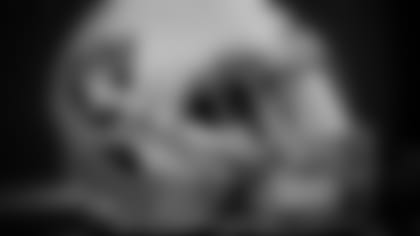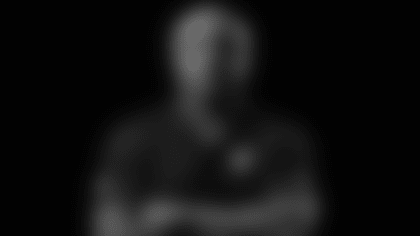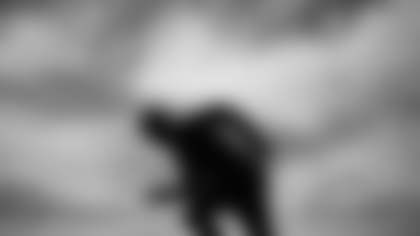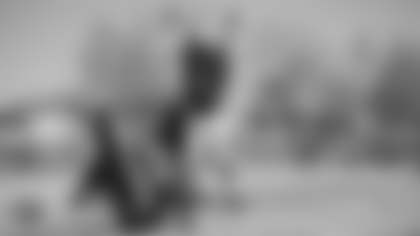Hall of Famer Howie Long was a key component in the Raiders 3-4 scheme during the 1983 Super Bowl Championship season. AP Photo.
The Oakland Raiders have long been evolving and diverse in the team's defensive strategy. In fact, the Silver and Black utilized a 3-4 defense while capturing all three World Championships of Professional Football with victories in Super Bowl XI, XV and XVIII.
For Super Bowl XI, Ted Hendricks, who would go on the be inducted into the Pro Football Hall of Fame, and Phil Villapiano were the outside backers with Monte Johnson and Willie Hall manning the inside. Dave Rowe played nose tackle with John Matuszak and Otis Sistrunk playing ends.
Another player who would go on to be inducted into the Pro Football Hall of Fame, Willie Brown, along with Skip Thomas were the corners while George Atkinson and Jack Tatum held down the back end at safety.
That squad stymied Minnesota, limiting the Vikings to just two touchdowns en route to a 32-14 victory at the Rose Bowl in Pasadena.
Super Bowl XV also saw the Raiders utilize a 3-4 defense, with Hendricks and Rod Martin the outside backers and Matt Millen and Bob Nelson the inside backers. Reggie Kinlaw played nose tackle and was flanked at end by Matuszak and Dave Browning. Lester Hayes and Dwayne O'Steen were the corners with Mike Davis and Burgess Owens the safeties.
Martin intercepted three Eagle passes as the Silver and Black's defense turned in yet another dominating performance in the 27-10 victory in a contest played at the Superdome in New Orleans.
In Super Bowl XVIII, the Raiders downed the Washington Redskins, 38-9, in Tampa. The same linebacking quartet that started for the Team of the Decades in Super Bowl XV— Hendricks, Martin, Millen and Nelson—were back in the opening lineup for Super Bowl XVIII.**
Kinlaw again held down the nose for the Silver and Black and was joined along the defensive line by Howie Long, yet another Raider who would go on be inducted into the Pro Football Hall of Fame, and Lyle Alzado. Hayes was joined at cornerback by Mike Haynes, yet another Raider who would go on to be inducted into the Pro Football Hall of Fame. Davis was back at safety and was paired with Vann McElroy.
The Raiders evolved from a 4-3 defense that was utilized in the Silver and Black's AFL Championship season of 1967. In Super Bowl II, the Raiders defense featured Dan Birdwell and Tom Keating at the two defensive tackle spots and Ben Davidson and Ike Lassiter on the ends. Bill Laskey, Gus Otto and Dan Conners were the backers with Willie Brown and Kent McCloughan at corner and Howard Williams and Warren Powers at safety.
En route to an appearance in Super Bowl XXXVII, the 2002 Raiders employed a 4-3 front with John Parrella, Sam Adams and Rod Coleman rotating at defensive tackle and Regan Upshaw and DeLawrence Grant at the defensive end spots. The linebackers included rookie Napoleon Harris, and veterans Bill Romanowski and Eric Barton. The secondary featured Charles Woodson and Tory James on the corners and Hall of Famer Rod Woodson, along with Anthony Dorsett at safety. The team chalked up 43 sacks and 21 interceptions. Coleman led the way with 11 sacks and Rod Woodson tied for the league lead with eight interceptions. The 2002 Raiders defense ranked among the league leaders in least points allowed per game, least rushing yards per attempt and fewest rushing yards allowed per game.
Using all forms of defense, these powerful, determined, intimidating football teams contributed to the Decades of Dominance, during which the Raiders have won an AFL Championship, four American Football Conference Championships, three World Championships of Professional Football, participated in five Super Bowls, played in 14 Championship Games, won or tied for 17 Division Championships, had 21 playoff seasons, finished 34 seasons at .500 or better and played in 40 postseason games.


























